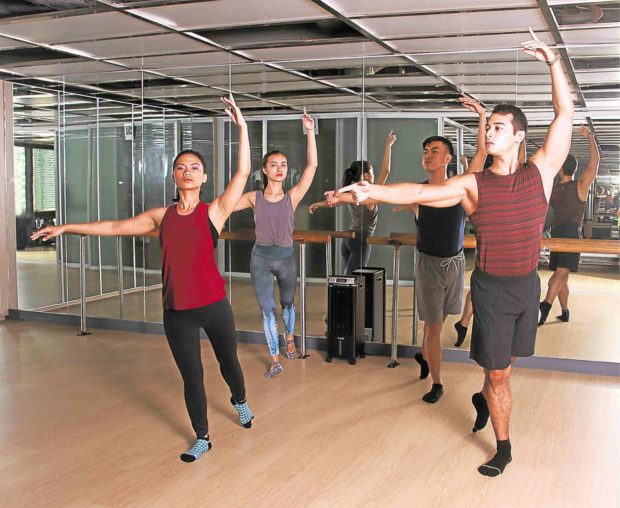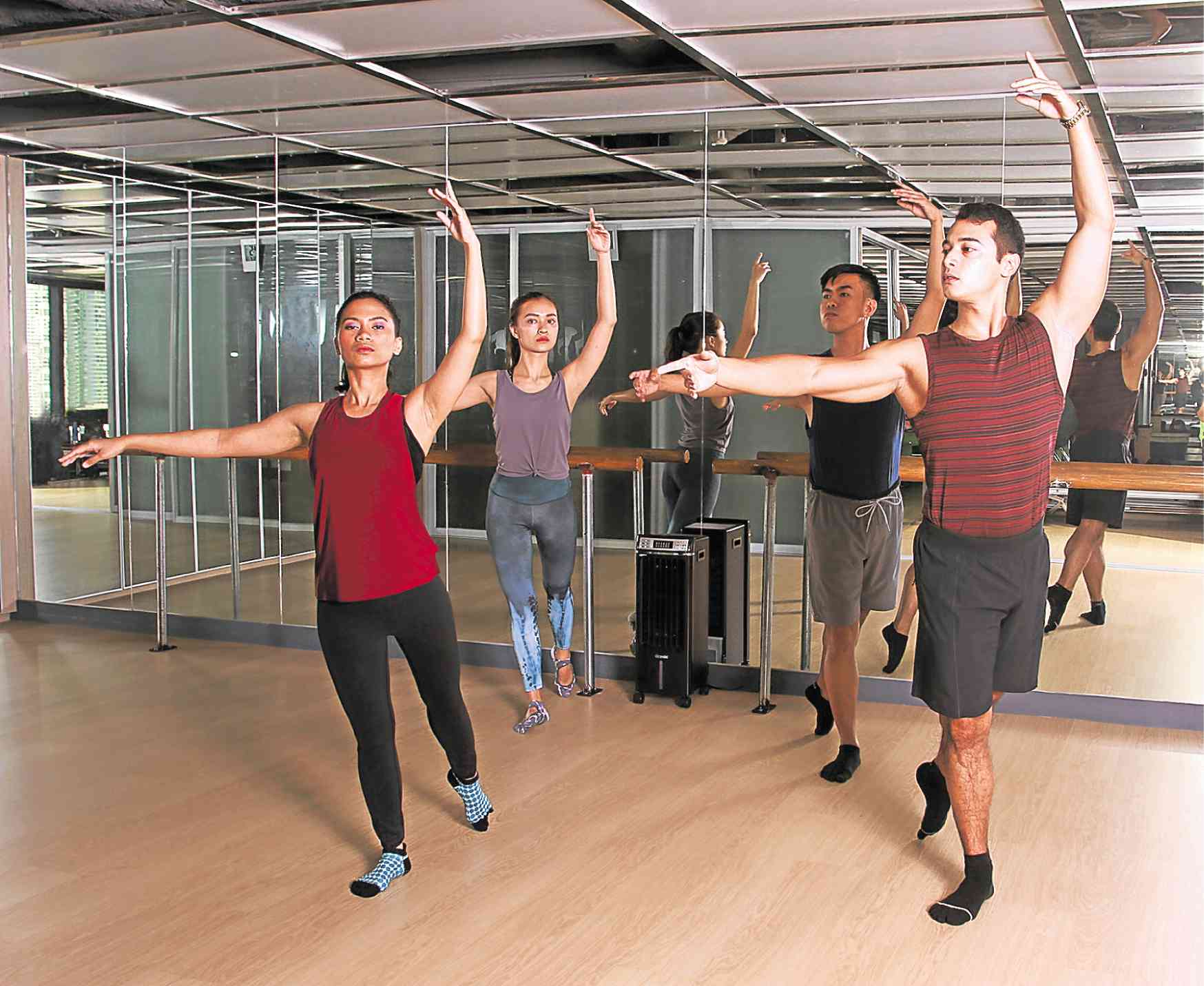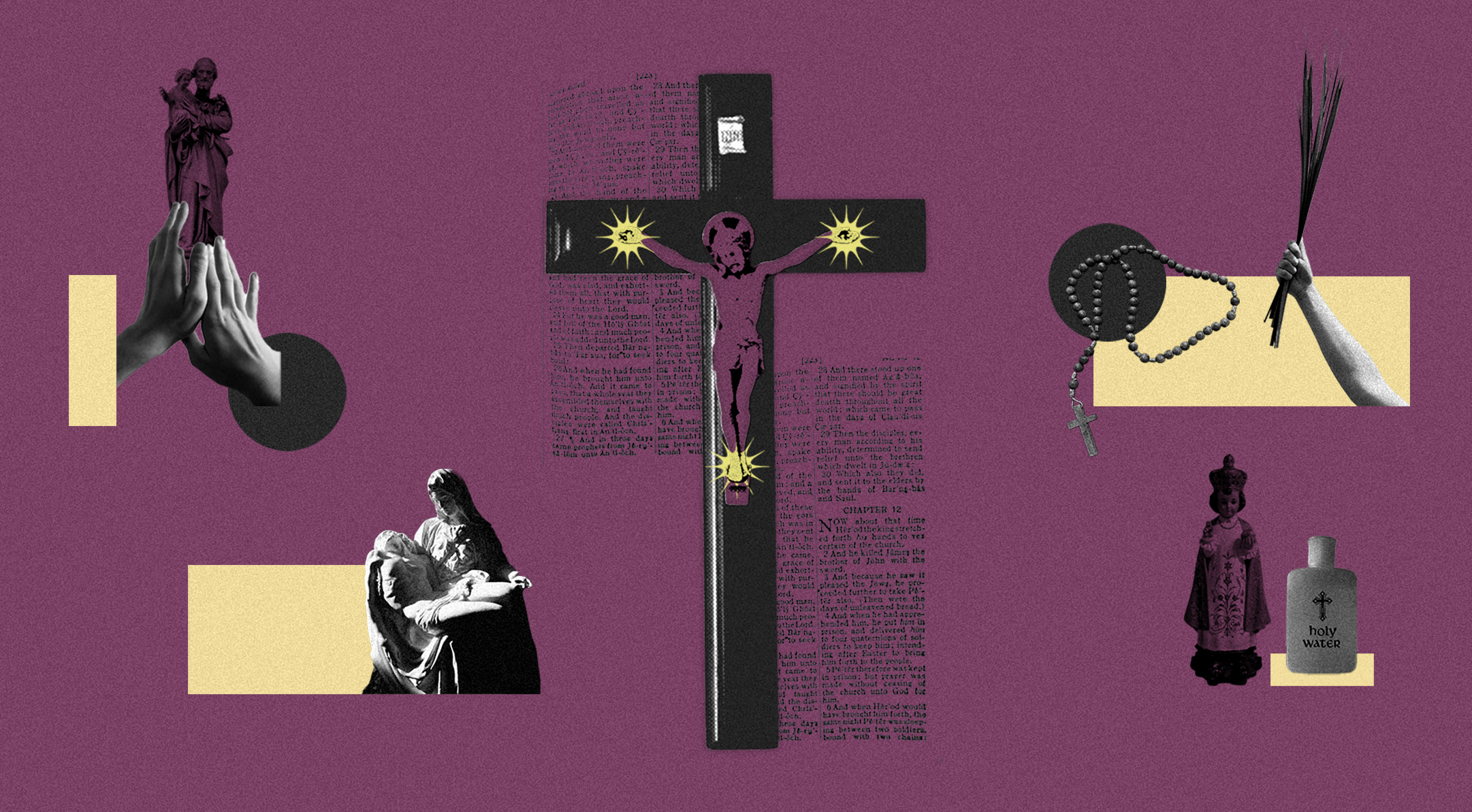
You are never too old to start learning ballet.
In the west, the number of adult ballet classes has been growing exponentially—as much as 70 percent in the past few years. Major dance companies and academies offer them as a service to the community. They acknowledge dance as a vital element in building a civilized society, rather than just a hobby for the young and nubile.
Mindful Movement Asia, the studio which specializes in Merrithew/Stott-Pilates and rehabilitation, has opened ballet classes as a cross-training program.
“Ballet is for everyone. No need to have a dance background,” says Filipino-Italian ballet instructor Angelo Cacciatore. “Those who want to pursue ballet can reach a level where they become stronger. But it takes time—not a few sessions. It’s a journey.”
Cacciatore emphasizes the importance of good posture. The first thing he observes about a person is the spine and the way he or she carries the head, neck and shoulders, which is important to poise. The spine is also vital to stance, alignment and placement of the bones and muscle. When these factors are stable and strong, the results are ease of movement and a confident look.
Cacciatore has always been fascinated by the elegant bearing of dancers, even if they are offstage.
“It is something that is learned. I want to share this training on how dancers use their bodies and their spine.”
His classes are never intimidating. They start with gentle exercises on the floor to loosen up the muscles, to lengthen the spine and to strengthen the core. Raw beginners lie down to feel the turnout, the basic rotation of the legs from the hip socket which facilitates greater range of movement. They learn the difference between legs in a normal parallel position and the turnout without hurting the joints and the back.
After the warm-up, they execute basic body positions and simple exercises on the ballet barre. His meticulous teaching method wakes up little-used muscles. Over time, the combination of postural alignment, core work and stabilizing the muscles results in improved coordination and control over the body. Students ultimately develop discipline and respect for their bodies.
While other teachers think adults are not worth their time, Cacciatore looks at the potential of each student. He is very fastidious in teaching to the minutest detail. Yet, he is also very encouraging when students show commitment.
“It’s not just about technique but more of attitude. You come to class looking ready, with an intention and stay fully focused until the end. You become mindful of what is going on in your body. You learn to hold up your body in a different way outside of the class,” says Cacciatore.
Dancers who want to build strength and stamina can tap Cacciatore for coaching. His sessions focus on certain muscle groups on specific days. For rehab, he can also give a floor barre (barre a terre), ballet-based exercises performed sitting and lying down, designed for injured dancers. The exercises maintain the dancer’s flexibility and muscle power while recovering.
La Scala, Princess Grace
Cacciatore started ballet at the age of 9 at a private school in Novi Ligure, a city in Genoa, northwest Italy. The school sent him to audition for La Scala Theater Ballet School and the Princess Grace Classical Dance Academy, where he caught the attention of the late director and founder Marika Besobrasova.
Passing both auditions, he trained for a month under prima ballerina Carla Fracci at La Scala in Milan. At 13, he moved to the Princess Grace Classical Dance Academy in Monaco where he spent three years under the tutelage of exacting teachers. The students also participated in operas and productions of Les Ballets de Monte Carlo.
After years of intense professional training, Cacciatore joined the classical contemporary company Balletto dell’ Esperia in Turin.
“I was able to express myself and discover my artistic side,” he recalls. He moved to Rome where he performed with another dance company.
Still, Cacciatore felt something was missing.
“Ballet was a big part of my life, but I wanted to see what life had to offer,” he says. He quit at age 20, when he could easily do triple aerial turns and standing splits.
Still, Cacciatore continued to take classes and coached dancers to prepare for auditions.
In 2009, he went to the Philippines, his mother’s birthplace, to discover new opportunities. With his good looks, he found modelling jobs. He started bulking up muscle to establish himself as a hunk. Cacciatore has since appeared in television commercials, magazine covers and fashion shows.
His classes for private clients and Mindful Movement Asia combine fitness exercises with the grace and coordination of classical ballet.
“Even if you’ve reached the top level, or if you’re old and your arabesque isn’t that great anymore, the learning is never ending. Dance also engages your imagination,” he says. “Do it for yourself.” —CONTRIBUTED
Mindful Movement Asia studios are located at 1402, 14/F, Pacific Star Building, Makati City, call 09178440945; 15/F, Ecotower Building, Taguig City, call 8150045.
Clothing by Certified Calm at Two Parkade, BGC; Rockwell Power Plant Mall, Makati; and The Podium, Ortigas.













































